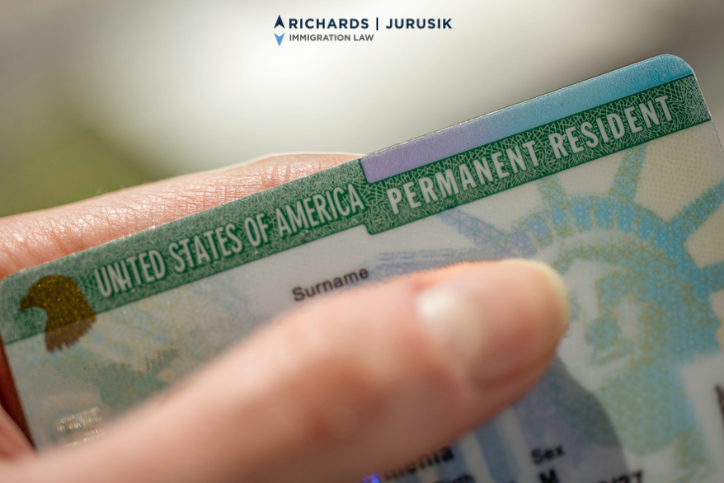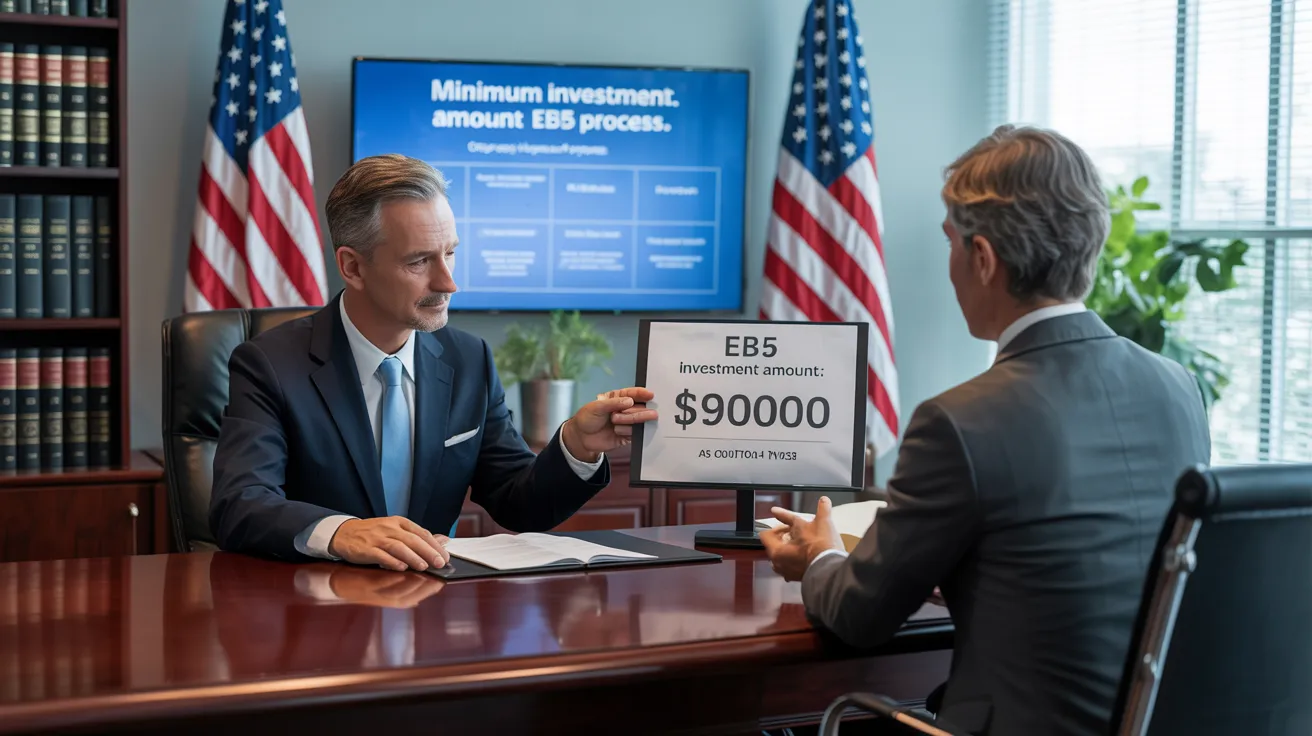The Ultimate Guide To L1 Visa
Table of ContentsThe 2-Minute Rule for L1 VisaThe Greatest Guide To L1 VisaRumored Buzz on L1 VisaFacts About L1 Visa Revealed7 Simple Techniques For L1 VisaSome Ideas on L1 Visa You Should Know
Readily Available from ProQuest Dissertations & Theses Worldwide; Social Scientific Research Premium Collection. (2074816399). (PDF). Congress. (PDF). DHS Workplace of the Inspector General. (PDF). (PDF). "Nonimmigrant Visa Statistics". Retrieved 2023-03-26. Division of Homeland Safety Office of the Assessor General, "Testimonial of Vulnerabilities and Possible Misuses of the L-1 Visa Program," "A Mainframe-Size Visa Loophole".
United State Department of State. Gotten 22 August 2016. "Employees paid $1.21 an hour to mount Fremont technology firm's computer systems". The Mercury News. 2014-10-22. Fetched 2023-02-08. Costa, Daniel (November 11, 2014). "Obscure short-lived visas for foreign tech employees dispirit earnings". Capital. Tamen, Joan Fleischer (August 10, 2013). "Visa Holders Replace Employees".
The 9-Minute Rule for L1 Visa
In order to be eligible for the L-1 visa, the foreign company abroad where the Recipient was used and the united state business have to have a certifying connection at the time of the transfer. The different sorts of qualifying connections are: 1. Parent-Subsidiary: The Moms and dad means a company, corporation, or various other legal entity which has subsidiaries that it has and regulates."Subsidiary" means a firm, corporation, or other lawful entity of which a parent possesses, directly or indirectly, even more than 50% of the entity, OR has much less than 50% however has administration control of the entity.
Example 1: Business A is integrated in France and uses the Recipient. Business B is included in the U.S. and desires to petition the Recipient. Company A has 100% of the shares of Company B.Company A is the Moms And Dad and Company B is a subsidiary. There is a certifying connection between the two business and Business B should be able to fund the Recipient.
Example 2: Firm A is incorporated in the U - L1 Visa.S. and intends to seek the Beneficiary. Firm B is included in Indonesia and uses the Beneficiary. Firm A possesses 40% of Company B. The remaining 60% is had and regulated by Company C, which has no relationship to Business A.Since Firm A and B do not have a parent-subsidiary relationship, Business A can not sponsor the Recipient for L-1.
Example 3: Company A is incorporated in the U.S. and intends to request the Recipient. Firm B is incorporated in Indonesia and employs the Recipient. Business A has 40% of Firm B. The remaining 60% is possessed by Company C, which has no connection to Firm A. Nevertheless, Firm A, by formal contract, controls and full handles Business B.Since Company A possesses much less than 50% of Company B yet handles and regulates the firm, there is a qualifying parent-subsidiary partnership and Business A can sponsor the Beneficiary for L-1.
L1 Visa Can Be Fun For Anyone
Associate: An affiliate is 1 of 2 subsidiaries thar are both had and controlled by the very same moms and dad or person, or had and managed by the same group of people, in essentially the exact same proportions. a. Example 1: Firm A is incorporated in Ghana and uses the Recipient. Firm B is integrated in the united state
Firm C, also included in Ghana, owns 100% of Company A and 100% of Business B.Therefore, Company A and Firm B are "associates" or sister business and a qualifying connection exists in between both firms. Firm B ought to have the ability to sponsor the Recipient. b. Example 2: Company A is integrated in the U.S.
Business A is 60% had by Mrs. Smith, 20% owned by Mr. Doe, and 20% possessed by Ms. Brown. Company B is integrated in Colombia and presently employs the Recipient. Firm B is 65% had by Mrs. Smith, 15% owned by Mr. Doe, and 20% had by Ms. Brown. Business A and Company B are associates and have a certifying relationship in 2 various methods: Mrs.
The L-1 visa is an employment-based visa group established by Congress in 1970, allowing multinational firms to move their managers, executives, or vital personnel to their U.S. operations. It is frequently referred to as the intracompany transferee visa.

Additionally, the recipient needs to have operated in a managerial, executive, or specialized staff member placement for read more one year within the three years coming before the L-1A application in the foreign business. For brand-new workplace applications, international work should have remained in a managerial or executive ability if the beneficiary is coming to the United States to function as a supervisor or executive.
Things about L1 Visa

If provided for a united state firm functional for even more than one year, the initial L-1B visa is for as much as three years and can be expanded for an additional 2 years (L1 Visa). On the other hand, if the united state firm is recently established or has been operational for less than one year, the initial L-1B visa is provided for one year, with extensions readily available in two-year increments
The L-1 visa is an employment-based visa category developed by Congress in 1970, allowing multinational business to move their supervisors, execs, or key workers to their U.S. procedures. It is commonly described as the intracompany transferee visa. There are two main kinds of L-1 visas: L-1A and L-1B. These kinds appropriate for staff members employed in various settings within a firm.
Not known Details About L1 Visa
In addition, the beneficiary must have operated in a supervisory, executive, or specialized worker setting get started for one year within the three years preceding the L-1A application in the foreign firm. For new office applications, international work must have remained in a managerial or executive capacity if the recipient is pertaining to the United States to function as a supervisor or exec.
for approximately click here seven years to look after the operations of the U.S. associate as an exec or manager. If provided for an U.S. firm that has actually been functional for even more than one year, the L-1A visa is at first granted for approximately three years and can be prolonged in two-year increments.
If provided for an U.S. company operational for even more than one year, the first L-1B visa is for approximately 3 years and can be expanded for an added 2 years. On the other hand, if the united state firm is recently developed or has actually been operational for less than one year, the first L-1B visa is issued for one year, with expansions offered in two-year increments.